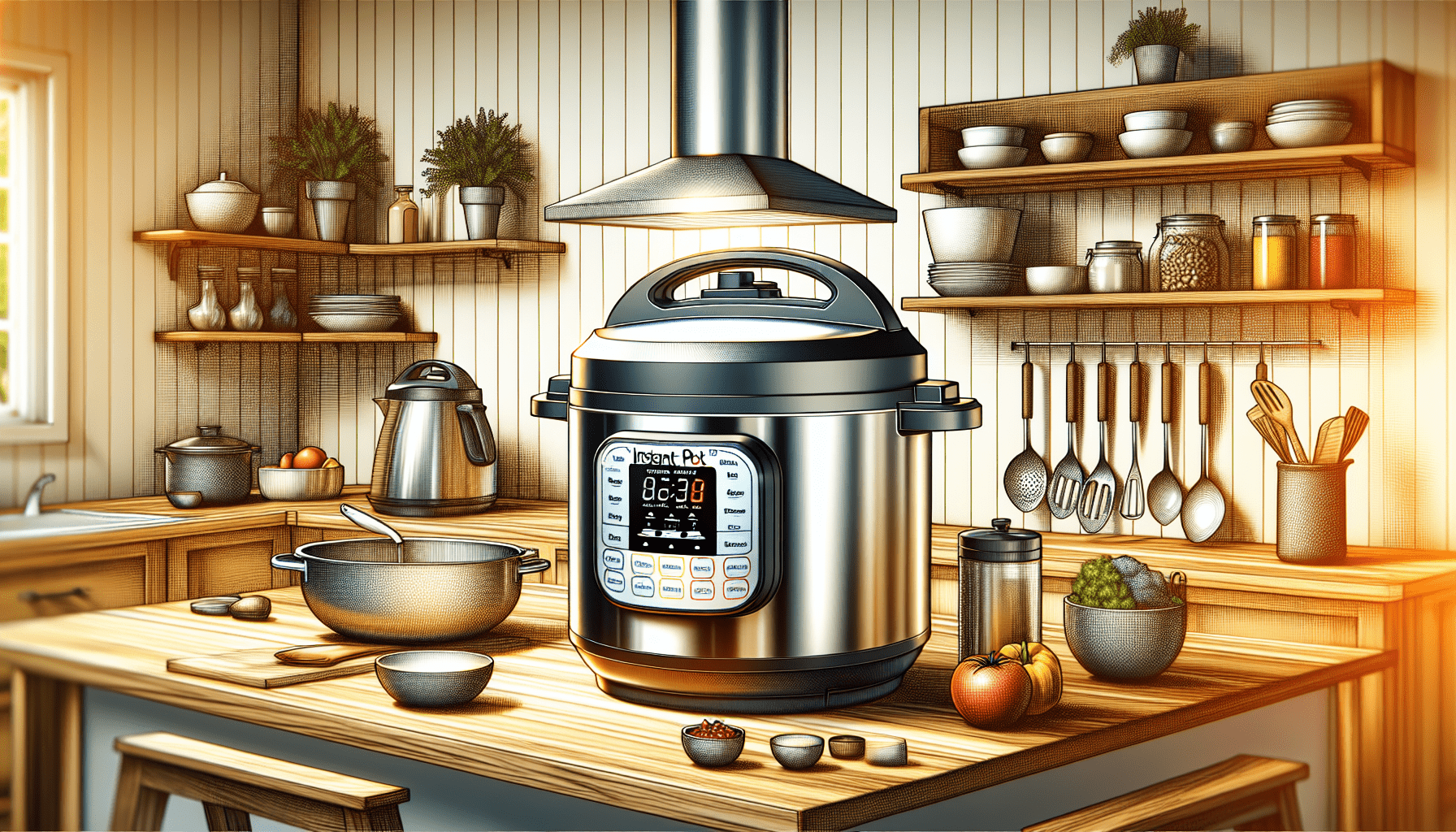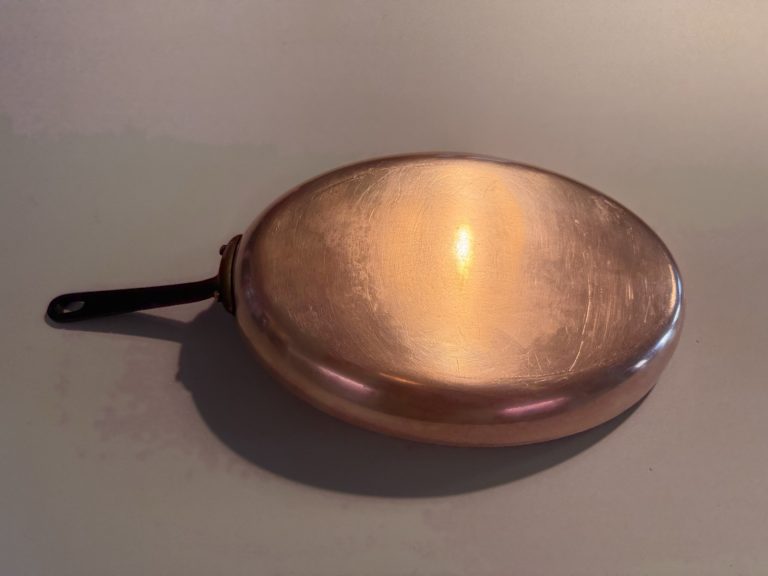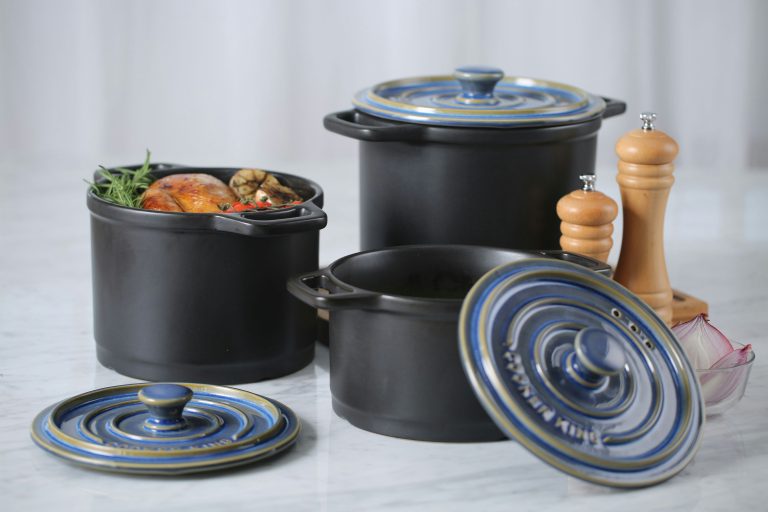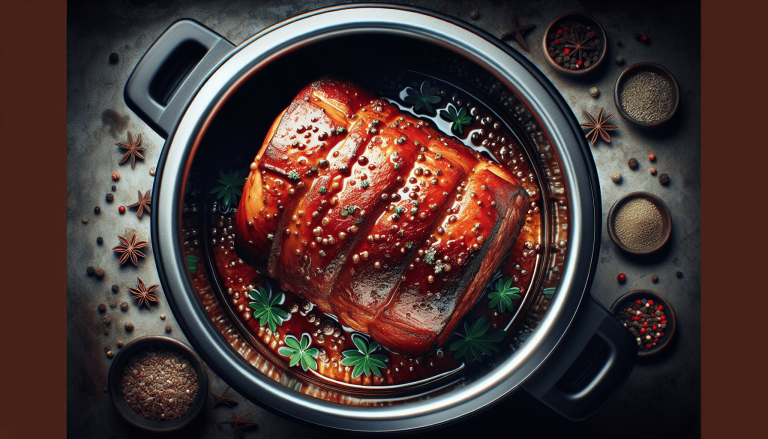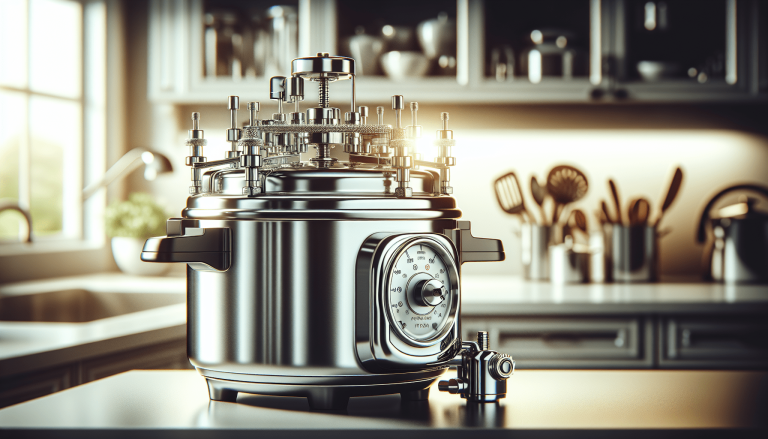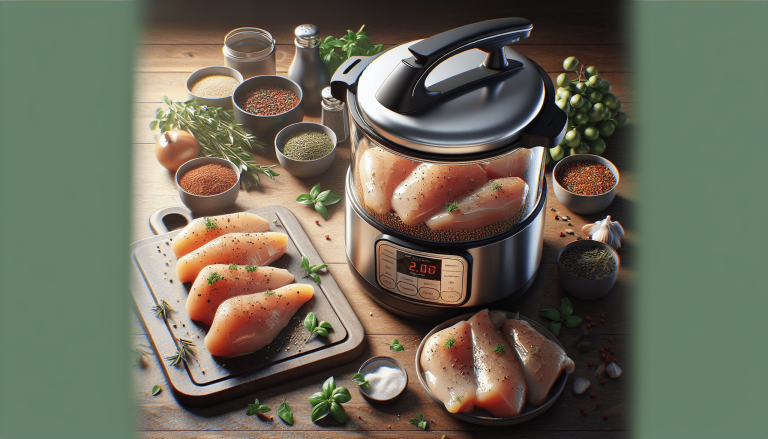How To Use Instant Pot Pressure Cooker?
Today, I am going to show you how to make the most out of your Instant Pot Pressure Cooker. By following a few simple steps, you will be able to create delicious meals in a fraction of the time it would take with traditional cooking methods. From perfectly cooked rice to tender meats, you will quickly become a pro at using your Instant Pot Pressure Cooker.
Get ready to elevate your cooking game and impress your friends and family with your newfound skills! How do you navigate the world of using an Instant Pot Pressure Cooker? Let’s break down the basics and explore the ins and outs of using this versatile kitchen appliance.
Getting Started with Your Instant Pot Pressure Cooker
Welcome to the world of Instant Pot cooking! Your Instant Pot Pressure Cooker is a game-changer in the kitchen, making cooking faster, easier, and more convenient. Let’s start by familiarizing yourself with the key components of your Instant Pot.
Parts of Your Instant Pot Pressure Cooker
Your Instant Pot Pressure Cooker may seem a bit intimidating at first, but once you understand its key parts, you’ll be cooking up a storm in no time. Here are the main components you should be aware of:
- Lid: The lid is crucial for building pressure inside the pot. Make sure to align the arrows on the lid and the pot before sealing.
- Sealing Ring: This silicone ring helps create an airtight seal, allowing pressure to build up inside the pot.
- Inner Pot: This stainless steel pot is where all the magic happens. It’s where you’ll place your ingredients for cooking.
- Pressure Valve: The pressure valve regulates the pressure inside the pot. Make sure it’s set to “Sealing” when cooking and “Venting” when releasing pressure.
- Control Panel: This is where you’ll find the various cooking functions and settings of your Instant Pot. Familiarize yourself with the buttons for a smooth cooking experience.
Now that you’re familiar with the key parts of your Instant Pot Pressure Cooker, let’s move on to getting started with your first cooking adventure.
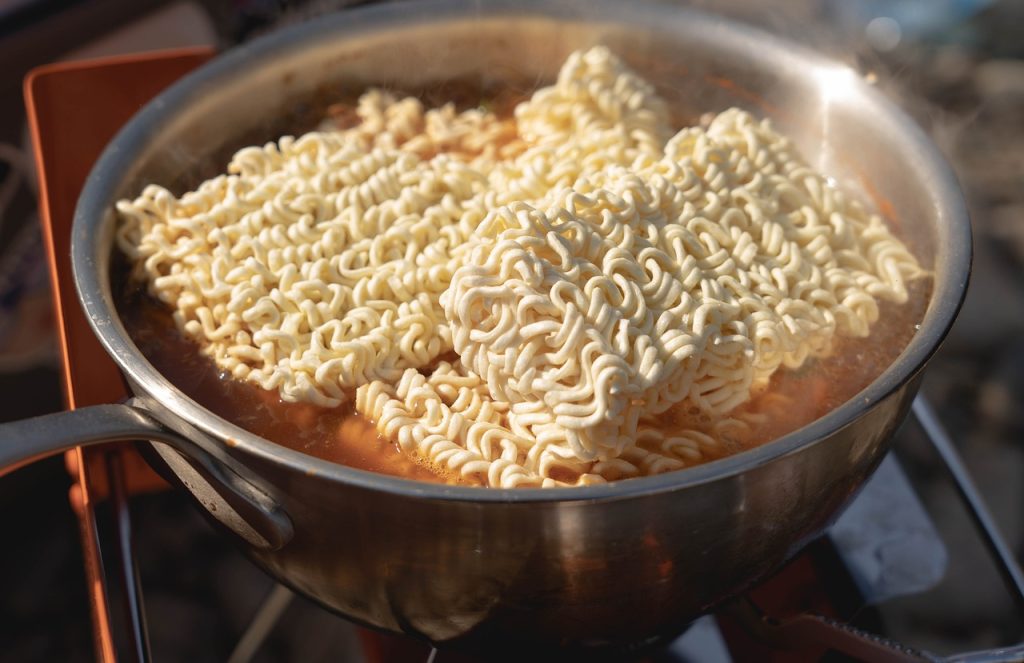
Cooking with Your Instant Pot Pressure Cooker
Using your Instant Pot Pressure Cooker is simpler than you might think. Whether you’re new to pressure cooking or a seasoned pro, here are some tips and tricks to make the most out of your Instant Pot experience.
Basic Cooking Functions
Your Instant Pot comes with several pre-set cooking functions that make preparing meals a breeze. Here are some of the most common functions you’ll use:
- Pressure Cook: This function is the heart and soul of any Instant Pot. It allows you to cook food quickly and evenly under pressure.
- Saute: Use this function to brown meat, saute vegetables, or simmer sauces directly in the Instant Pot.
- Steam: The steam function is perfect for cooking vegetables, fish, or even dumplings quickly and healthily.
- Slow Cook: If you prefer to cook food slowly over a longer period, the slow cook function is your go-to option.
- Keep Warm: Once your meal is cooked, use the keep warm function to maintain the temperature until you’re ready to serve.
Experiment with these cooking functions to discover the endless possibilities of your Instant Pot Pressure Cooker.
Cooking Tips and Tricks
- Natural Release vs. Quick Release: When your recipe calls for a natural release, leave the Instant Pot untouched after cooking until the pressure subsides naturally. For a quick release, turn the pressure valve to “Venting” to release the pressure immediately.
- Liquid Requirements: Pressure cooking requires liquids to build steam and create pressure. Always ensure there is enough liquid in the pot to avoid burning or undercooking your food.
- Layering Ingredients: To prevent your food from burning or sticking to the bottom, layer ingredients with liquid at the bottom and denser items on top.
- Cooking Times: Instant Pot recipes often require “cook time” and “pressure time.” The cook time is the time the food is actually cooking, while the pressure time includes the time it takes to build pressure before cooking.
Master these tips and tricks to become an Instant Pot pro in no time.
Cleaning and Maintenance
Keeping your Instant Pot Pressure Cooker clean is essential for its longevity and performance. Here’s how to properly clean and maintain your Instant Pot:
Cleaning Your Instant Pot
- Unplug and Cool Down: Before cleaning your Instant Pot, make sure it’s unplugged and has cooled down completely.
- Remove Parts: Take out the sealing ring, inner pot, and lid for thorough cleaning.
- Wash with Mild Soap: Use warm, soapy water to clean the inner pot, sealing ring, and lid. Avoid using abrasive sponges or cleaning agents that can damage the parts.
- Check for Debris: Pay attention to the pressure valve, float valve, and other components for any food debris or residue.
- Dry Thoroughly: After cleaning, make sure all parts are completely dry before reassembling your Instant Pot.
Regular cleaning and maintenance of your Instant Pot will ensure it remains in top working condition for years to come.
Storage Tips
- Store with Sealing Ring Removed: When your Instant Pot is not in use, remove the sealing ring to prevent any odors from lingering.
- Keep Lid Open: Store your Instant Pot with the lid open to allow for air circulation, preventing any moisture buildup.
- Protect Control Panel: Avoid stacking heavy objects on top of your Instant Pot to prevent damage to the control panel.
- Store in a Cool, Dry Place: Find a spot in your kitchen that is cool, dry, and away from direct sunlight for optimal storage conditions.
By following these cleaning and storage tips, you’ll keep your Instant Pot Pressure Cooker in excellent working condition for years to come.
Troubleshooting Common Issues
Encountering a problem with your Instant Pot Pressure Cooker? Don’t worry! Here are some common issues and solutions to help you troubleshoot your Instant Pot:
Instant Pot Not Sealing
If your Instant Pot is not sealing properly, it could be due to various factors such as:
- Sealing Ring Issues: Check for any cracks or damage on the sealing ring and ensure it’s properly positioned.
- Debris Buildup: Clean the sealing ring, inner pot, and lid thoroughly to remove any debris that may be preventing a tight seal.
- Lid Alignment: Make sure the arrows on the lid and pot are aligned correctly for a secure fit.
Instant Pot Not Pressurizing
If your Instant Pot is not pressurizing, consider the following solutions:
- Insufficient Liquid: Verify that there is enough liquid in the pot for pressure to build.
- Blocking Vents: Check the pressure valve and float valve for any obstructions that may be preventing pressure from building.
- Burn Message: If you see a “Burn” message, it means the pot is overheating. Stop cooking, release pressure, and adjust the ingredients to prevent burning.
Instant Pot Not Cooking Properly
If your Instant Pot is not cooking your food properly, try these troubleshooting steps:
- Cooking Time: Ensure you’ve set the correct cooking time for the recipe you’re preparing.
- Layering: Check if ingredients are layered properly with enough liquid to avoid burning or undercooking.
- Stirring: Some recipes may require stirring or manual intervention during cooking. Follow the recipe instructions carefully.
By troubleshooting these common issues, you’ll be able to quickly resolve any problems you encounter with your Instant Pot Pressure Cooker.
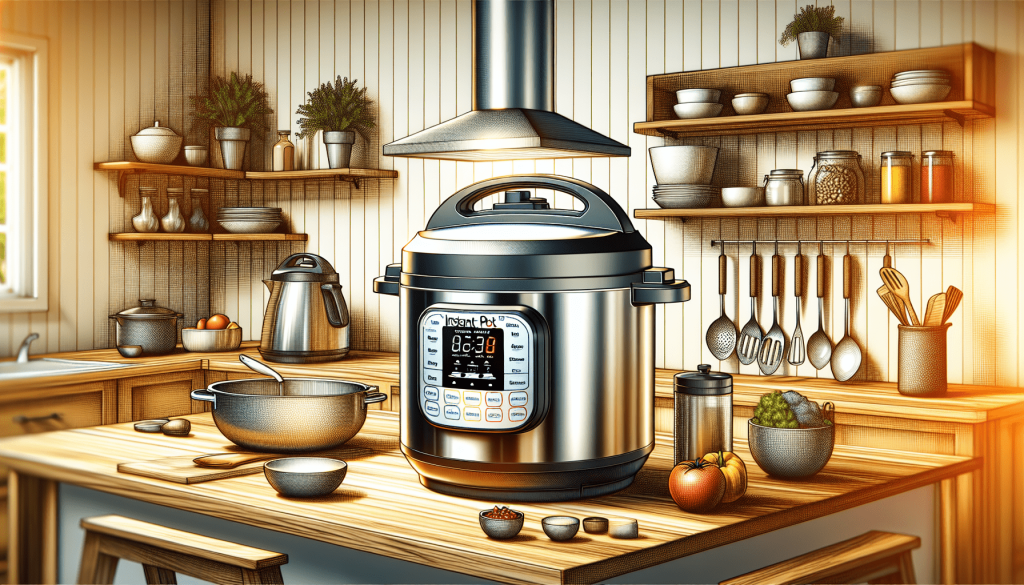
Conclusion
Congratulations on mastering the art of using your Instant Pot Pressure Cooker! With the right knowledge and techniques, you can create delicious meals in a fraction of the time compared to traditional cooking methods. Remember to experiment with different recipes, cooking functions, and ingredients to truly unleash the full potential of your Instant Pot. Happy cooking!

